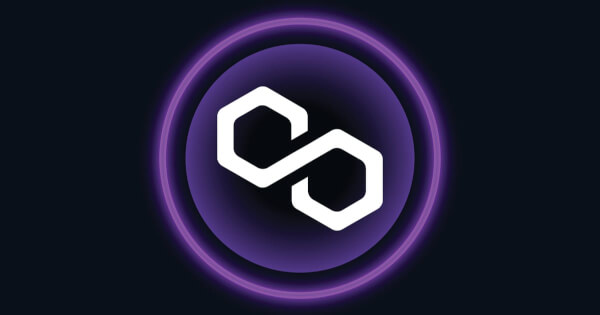Rebeca Moen
Oct 29, 2024 07:02
Polygon (MATIC)’s AggLayer aims to resolve blockchain fragmentation by aggregating sovereign chains, offering a unified ecosystem for liquidity, users, and state through innovative architecture.
Addressing Blockchain Fragmentation
According to polygon.technology, the blockchain space is currently fragmented, with thousands of Layer 1 and Layer 2 chains operating independently. This fragmentation is a significant barrier to mass adoption, similar to the early days of the internet when isolated networks could not communicate effectively.
The AggLayer Solution
Polygon (MATIC) has introduced the AggLayer as a groundbreaking solution to this issue. Described as the TCP/IP moment for Web3, the AggLayer aggregates sovereign chains to unify liquidity, users, and state. It aims to be a minimal and non-invasive public good, enabling fast cross-chain fungible assets without imposing extractive fees on aggregated chains (aggchains).
Key Features of the AggLayer
The AggLayer employs zero-knowledge (ZK) proofs to create a secure cross-chain ecosystem. This technology facilitates seamless communication, asset transfers, and data sharing across a diverse network of chains. The architecture of AggLayer includes a unified bridge for fungible cross-chain assets, a pessimistic proof to ensure security, and advanced compute logic for unified liquidity and user experience.
Beyond Conventional Interoperability
Unlike existing interoperability solutions, the AggLayer offers a trustless mechanism for unifying liquidity and state without the security risks associated with third-party solutions. It uses a unified bridge and pessimistic proof to maintain secure cross-chain interactions. The AggLayer is not limited to Polygon CDK chains but is inclusive of various ecosystems, including Cosmos and Move chains.
Advancements in Cross-Chain Transactions
The AggLayer not only supports interoperability but enhances it by enabling cross-chain settlement and fast atomic transactions. This is achieved through emerging coordination mechanisms like shared sequencers. The AggLayer allows multiple transactions across different chains to settle simultaneously, enhancing efficiency and security.
Benefits for Developers and Users
For developers, the AggLayer provides a unified point of entry for liquidity across connected chains, simplifying cross-chain development and expanding reach to a larger user base. Users benefit from improved user experience and enhanced security through the pessimistic proof mechanism.
The Future of Web3
The introduction of the AggLayer marks a paradigm shift in the blockchain space, aiming to unify Web3 by providing a secure and trustless public good for cross-chain interactions. As more chains connect to the AggLayer, network effects are expected to grow, leading to increased liquidity and a broader range of applications. The future of Web3, as envisioned by Polygon, is one of aggregation and unity.
Image source: Shutterstock














